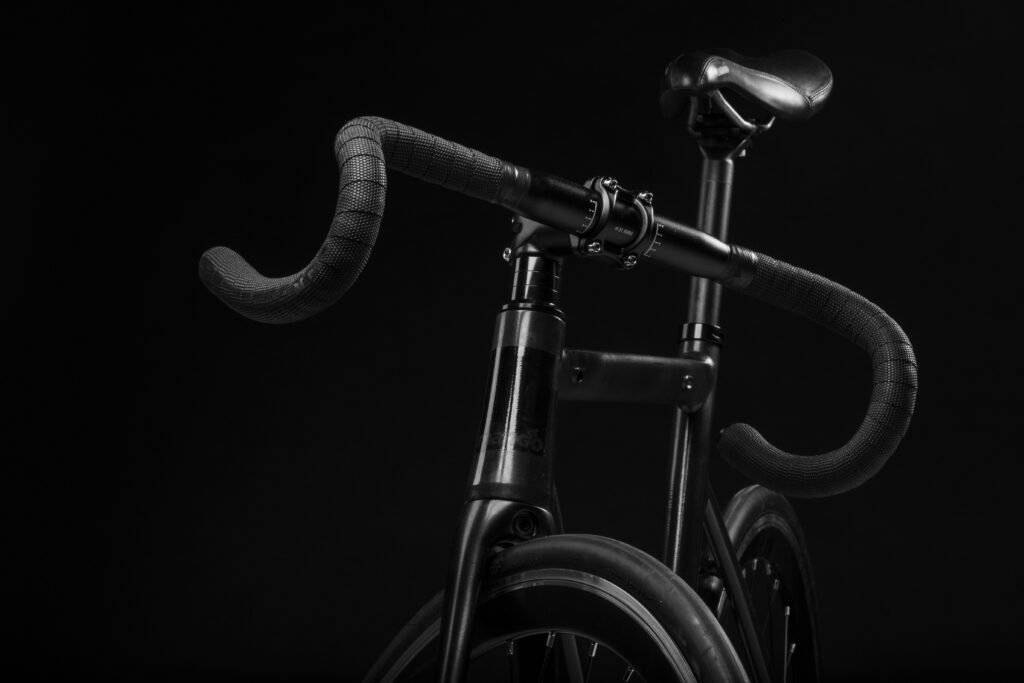Ever found yourself wondering if you can ride an electric bike in pedestrian-only zones? It’s a common question, especially as electric bikes grow in popularity and cities continue to evolve their traffic regulations. Understanding the rules and etiquette can ensure a smooth and enjoyable experience for everyone.
Understanding Pedestrian-Only Zones
What Are Pedestrian-Only Zones?
Pedestrian-only zones are areas designated exclusively for foot traffic. These could be bustling city centers, scenic boardwalks, or serene nature trails. These spaces are curated to ensure the safety and enjoyment of pedestrians, allowing them to walk, socialize, and relax without the worry of vehicular traffic.
Why Do Pedestrian-Only Zones Exist?
The main reasons are safety, comfort, and environmental friendliness. By limiting vehicles, cities aim to reduce accidents and promote a cleaner, quieter environment. These zones encourage tourism and local business, as people can enjoy shopping and dining in a more relaxed, safe setting.
Electric Bikes: What You Need to Know
Types of Electric Bikes
Electric bikes come in various forms, giving you the flexibility to choose one that suits your needs. Here are the primary types:
- Pedal-Assist (Pedelecs): These offer assistance only when you pedal, giving you a boost up hills or over long distances.
- Throttle-Assist: These allow you to ride using a throttle without pedaling, similar to a scooter.
- Speed Pedelecs: These are faster versions of pedal-assist bikes, capable of reaching higher speeds.
| Type of Electric Bike | Features | Typical Speed Limit |
|---|---|---|
| Pedal-Assist | Assists when you pedal, no assistance when you’re not | Up to 20 mph |
| Throttle-Assist | Driven by a throttle, pedaling is optional | Up to 20 mph |
| Speed Pedelecs | High-speed pedal-assist, ideal for long commutes | Up to 28 mph |
Regulations for Electric Bikes
Electric bike regulations can vary widely depending on your location. Here are some key points you might need to consider:
- Speed Limits: Many places have a maximum speed limit for electric bikes, often around 20-28 mph.
- Power Limits: In some regions, the motor’s power output can’t exceed a specific wattage.
- Class Designations: Some areas classify electric bikes into categories such as Class 1 (pedal-assist up to 20 mph), Class 2 (throttle-assist up to 20 mph), and Class 3 (pedal-assist up to 28 mph).
Rules and Regulations in Pedestrian Zones
Legal Considerations by Region
Local ordinances and laws dictate whether or not you can ride an electric bike in pedestrian-only zones. Understanding these can save you from fines and ensure you’re contributing to a safe environment for everyone.
United States
In the United States, the rules can differ from state to state and even between cities. Here are some general guidelines:
- Public Parks & Trails: Many parks and recreational areas restrict the use of electric bikes, especially throttle-assist types.
- Downtown Areas: Some cities allow electric bikes in pedestrian zones during specific times, usually off-peak hours.
- State Laws: States like California and New York have specific regulations and might even classify electric bikes into categories that could determine where you can ride.
Europe
European countries tend to have stringent rules governing pedestrian zones:
- EU Regulations: Generally, electric bikes (classified as e-bikes) with motors that assist up to 25 km/h (about 15.5 mph) are treated like traditional bicycles.
- City-Specific Rules: Cities like Amsterdam and Copenhagen might have their own rules about whether e-bikes can enter pedestrian zones. Usually, these rules aim to protect the pedestrians and the vibe of these areas.
Asia
In cities like Tokyo and Beijing, pedestrian zones are common and often busy:
- Japan: Electric bikes are subject to strict regulations, often requiring them to stay off sidewalks and dedicated pedestrian zones.
- China: With the rise of electric bikes, larger cities are becoming stricter, often banning them in highly populated pedestrian areas.
The Importance of Local Signage
Always pay attention to local signs and signals. They are there for a reason and can provide immediate insight into what’s allowed and what’s not. Some common signs you might encounter include:
- No Bicycles: Often includes electric bikes unless specified.
- Pedestrian Zones: Typically do not allow any motorized vehicles, including e-bikes.
- Shared Paths: Designed for both pedestrians and cyclists, but rules about speed and behavior might apply.
Best Practices for Riding in or Around Pedestrian Zones
Safety First
Safety should be your top priority. When approaching or riding near pedestrian zones, keep these tips in mind:
- Speed Management: Slow down as you approach pedestrian-heavy areas.
- Signal Your Presence: Use a bell, horn, or a friendly verbal cue to let pedestrians know you’re nearby.
- Be Ready to Stop: Always keep your hands near the brakes and be prepared to stop suddenly if necessary.
Etiquette
Good etiquette goes a long way in ensuring everyone’s safety and enjoyment. Here are some key points:
- Yield to Pedestrians: Always give pedestrians the right of way.
- Stay Alert: Keep an eye out for sudden movements from pedestrians or other obstacles.
- Avoid Busy Times: If possible, try to avoid riding through pedestrian zones during peak hours.
Technical Adjustments
Consider making some technical adjustments to your ride for optimal safety and compliance:
- Limit Your Speed: Some electric bikes have settings that allow you to limit the maximum speed.
- Check Your Bell: Ensure your bell or horn is functional and loud enough to alert pedestrians without startling them.
- Tire Maintenance: Good tire maintenance can ensure you have maximum control over your bike.

Alternative Routes and Solutions
Using Mixed-Use Paths
Mixed-use paths can offer a compromise. These are areas designed for both pedestrians and cyclists. While these paths may still have speed limits and other restrictions, they are generally more accommodating to electric bikes.
| Route Type | Primary Users | Typical Access |
|---|---|---|
| Pedestrian-Only Zone | Pedestrians | Typically No |
| Mixed-Use Path | Pedestrians, Cyclists | Yes, but with caution |
| Bike-Specific Paths | Cyclists | Yes |
Bike-Specific Paths
These paths are built exclusively for bicycles and generally have fewer restrictions:
- Dedicated Bike Lanes: Often found alongside main roads and highways.
- Cycle Tracks: Separated from both pedestrian walkways and vehicular traffic, providing a safer and faster route.
Folding or Compact Bikes
Consider using a folding or compact electric bike. These bikes can be dismounted and walked through pedestrian zones without much hassle. Once past the restricted area, you can unfold and continue riding.
The Future of Urban Mobility
Trends and Developments
Urban planning is continually evolving, and many cities are looking into better ways to integrate electric bikes into their ecosystems. Here’s a look at some emerging trends:
- Smart Infrastructure: Development of smart bike lanes that can adapt to traffic levels.
- Bike-Sharing Programs: More cities are adopting electric bike-sharing programs, making it easier to find legal and convenient places to ride.
- Legislative Changes: As electric bikes become more popular, expect laws and regulations to evolve, potentially providing more flexibility in how and where you can ride.
Potential Changes
Some potential changes could include:
- Expanded Mixed-Use Zones: More areas where pedestrians and electric bikes can coexist.
- Time-Based Restrictions: Allowing electric bikes during off-peak hours.
- Advanced Signage: Interactive signs that provide real-time information on where electric bikes can be ridden, and any current restrictions.

Conclusion
Navigating the rules and etiquette around riding an electric bike in pedestrian-only zones can seem daunting at first. However, understanding your local regulations, practicing good etiquette, and being prepared to adapt can go a long way.
Whether you’re commuting, exploring, or just enjoying a leisurely ride, keeping these tips in mind will help you have a safer, more enjoyable experience. Making small adjustments and being considerate of others can ensure that everyone—whether on foot or an electric bike—can enjoy their surroundings harmoniously.


